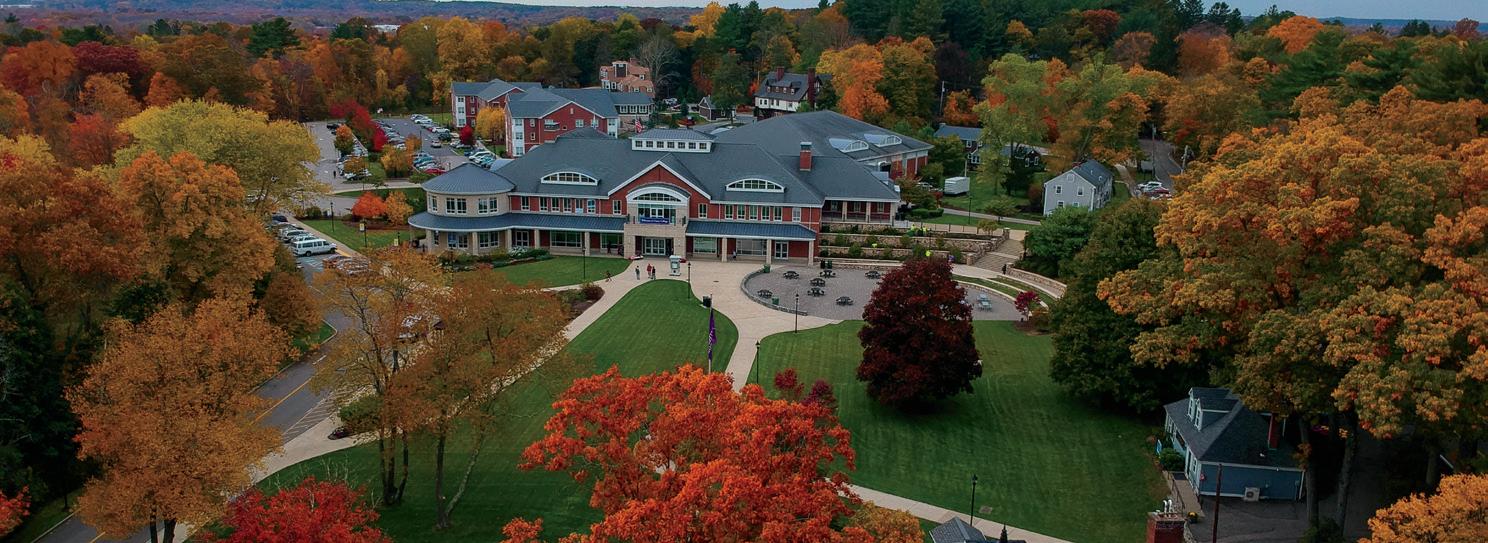
3 minute read
Restorative Practice
By Daniel Goldsbury, MASCA Emerging Leader I was talking with a colleague (or a student, I honestly cannot recall) a few weeks ago and we had a realization - it had been exactly one year since we left the school building. As I reflected back on the last year, it really has been a blur. I say this from a position of privilege - I own a home, I have heat, food security and plenty of sick days to spare. As I try to put myself in the shoes of a student who has been isolated, scared, depressed, or worse, I find it hard to put myself in that place. Perhaps it is my own privilege talking, but I actually think it’s more than that. I think my biggest struggle is that as a counselor I am used to basing interventions on what I can see, observe, and discuss with my coworkers. This pandemic has blocked out the sun for us - we do not have daily contact, informal check-in’s, or even actual in-person human interactions on most days. And then one day, just like that, we are back! Students in front of us, shellshocked and there physically but really not fully there emotionally. We have expectations from Principals, districts, and the state to play “catch up”, and while MCAS is delayed, it is lurking just around the corner. It feels like we are moving full steam ahead on a train without having done all the safety checks. How do we support students in coping with this “new normal” when we are still processing it all ourselves? The answer, at least partially, can be found in Restorative Practices (RP). Similar to “social emotional learning”, it has become a buzzword bandied about by well-intentioned educators in the hopes of improving school culture. RP is also frequently tapped as an alternative to traditional school discipline. While there is considerable evidence to support its use in restoring harm, that is not what am I proposing here.
What we need to restore in our schools are our relationships and relational skills. No, we are not restoring them because they have been damaged by gossip or a physical confrontation. Rather, we need to restore basic social skills that have been ravaged by months and months of staring into screens all day. We also owe it to them to help them process the range of emotions that have and are still experiencing. This pandemic has made a lasting effect on all of us. The problem is that students will not just volunteer this information - it will require care, structure, and life’s most precious resource - trust.
As my students returned to in person learning in February, our school was filled with small, quiet groups of students in our classrooms. All of them had been identified by the district as “high needs”, and many have communication and processing limitations. This was all the more reason to host a series of restorative circles. It took some time, some trust, and a lot of patience, but slowly these students opened up. We practiced using “affective statements”, we learned about the idea of ambivalence, and we elaborated to say more about how we felt. Inevitably, some students chose to pass. I think this piece is critical to trust-building - never coercing anyone who is not ready to share or making them feel guilt or shame for choosing to step back. We owe it to ourselves to restore. We owe it to our spouses, children, friends, and neighbors to restore. And yes, of course, we owe it to our students. Let us remember that before we ever have a discipline conversation, launch into test prep, or return to “normal” when we all know nothing is the same.
QUICK FACTS:
• A private, four-year, co-educational liberal arts college founded in 1879 • Serving about 2,000 traditional undergraduate students • 85% of first-year students reside on campus • 131-acre New England campus located just minutes from downtown Boston • Over 97% of recent graduates employed, in graduate school, or in service • 30 majors and 60+ minors/concentrations leading to bachelor’s and master’s degrees • Student/faculty ratio is 12:1, with an average class size of 20 students • Approximately 99% of first-time students receive some form of financial aid • Offering a wide array of extracurricular activities, including 15 NCAA Division III athletic teams








